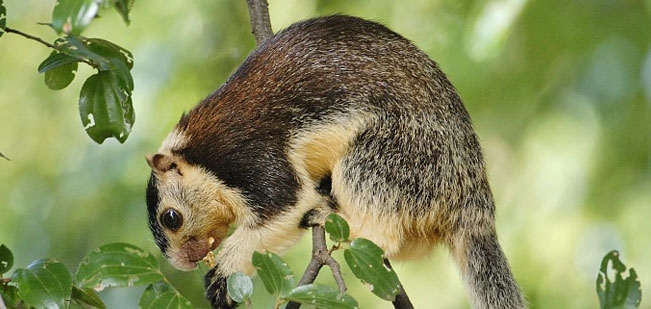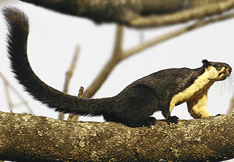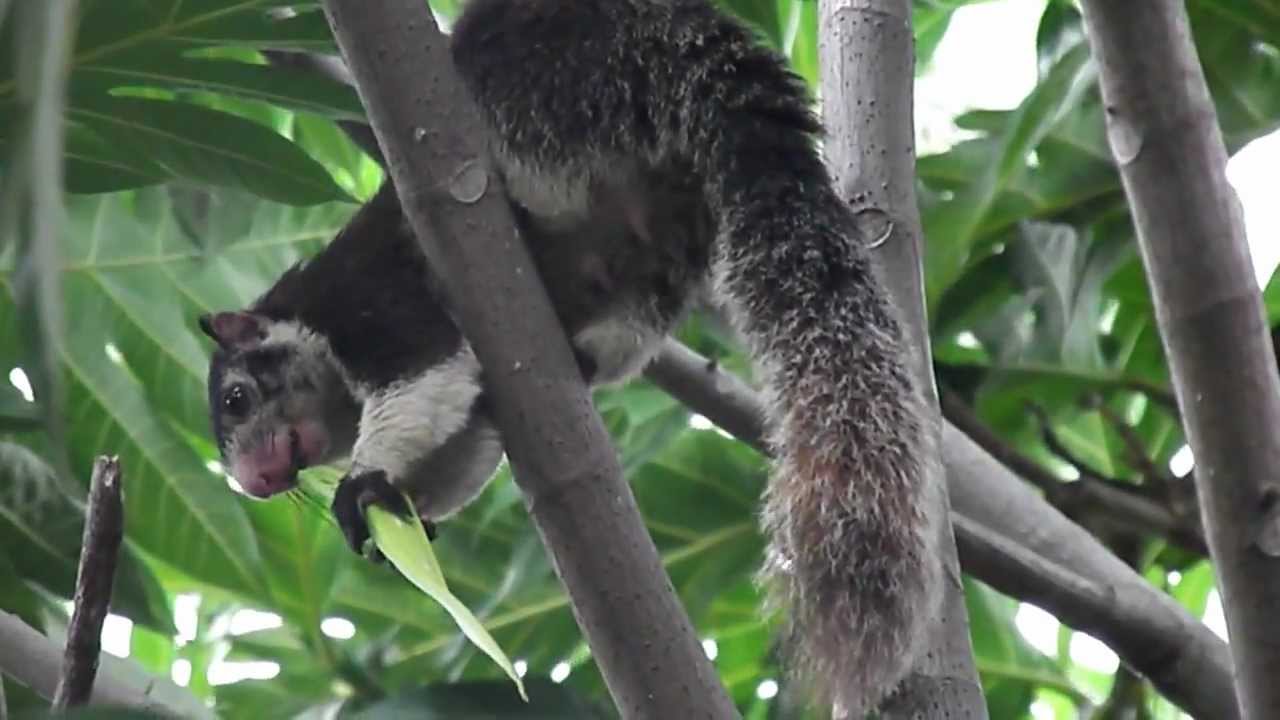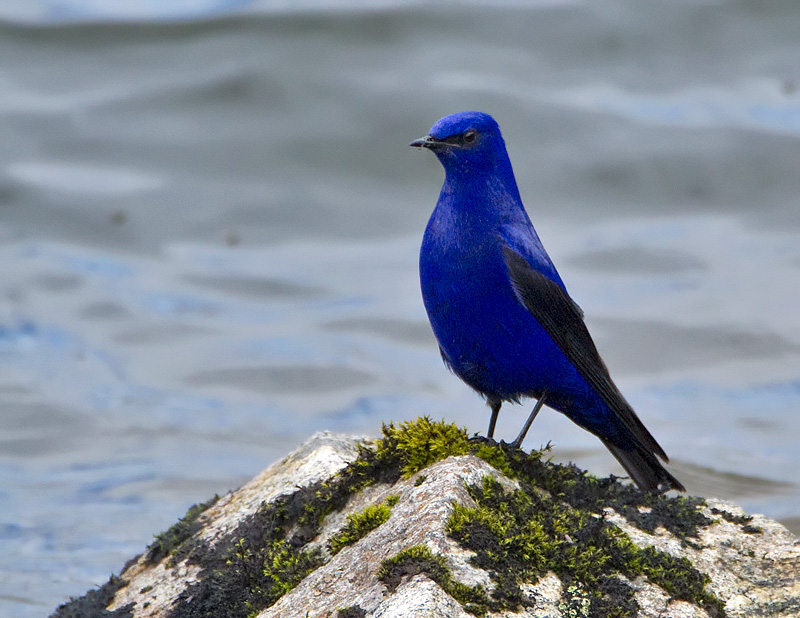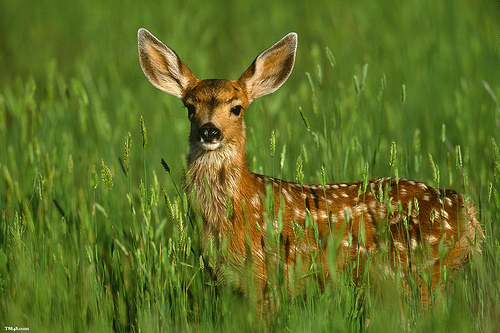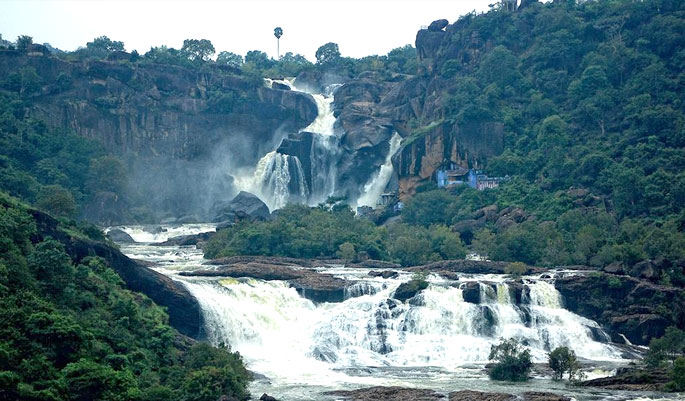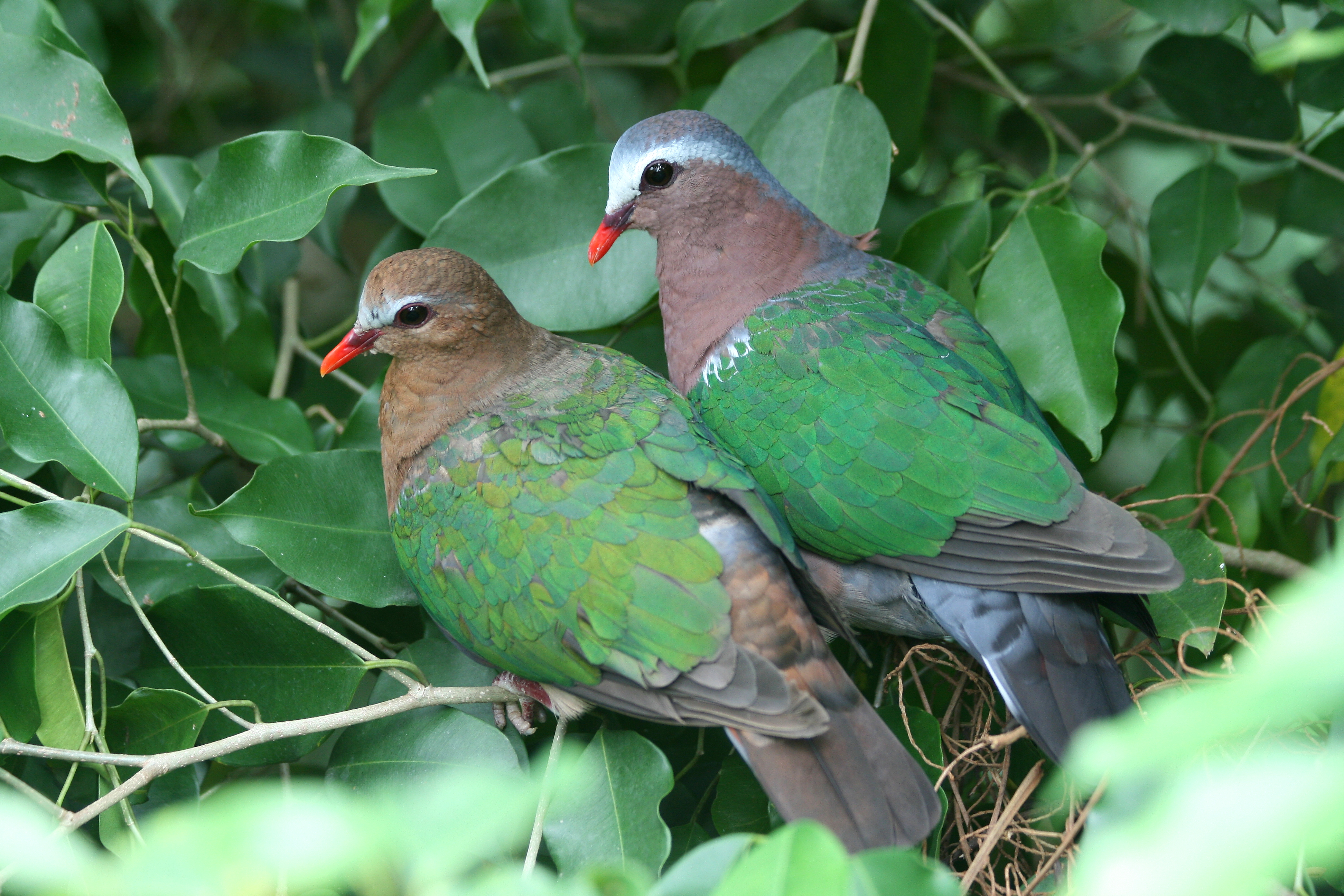Sathyamangalam Wildlife Sanctuary
The Sathyamangalam Wildlife Sanctuary, home to 28 tigers – the highest density of tigers in India - is currently contesting to be named Sathyamangalam Tiger Reserve. The large population of sambhar, spotted deer and gaur is the main reason for the high density of the striped wild cat as the former makes for perfect prey base. At SWS you are closer to catching a glimpse of the striped hyena, as it is one of the last few places where they exist. Another rare species you can spot is the four-horned antelope. SWS have an excellent population of blackbuck. What is intriguing about this particular animal in Sathyamangalam is that, it is the only landscape in the country where the blackbuck and tiger co-exist; to observe the two together is an opportunity that is one in a million. This sanctuary is also home to more than 850 pachyderms, making it India's largest elephant habitat.
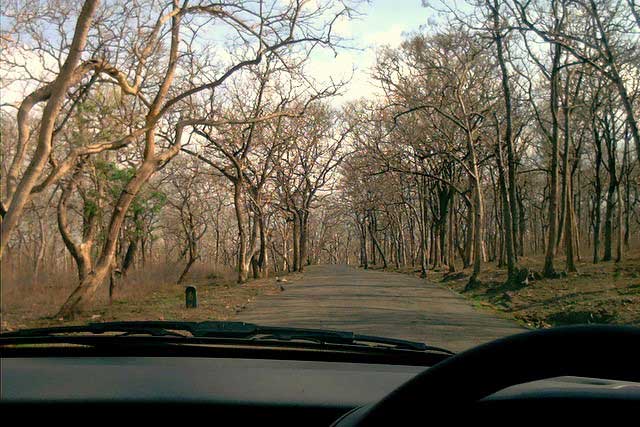

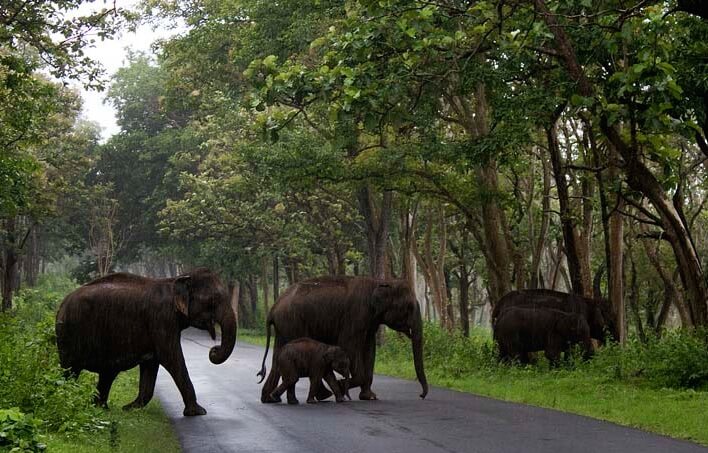

First declared in 2008 and enlarged in 2011, it covers a forest area of 1,411.6 km2 (545.0 sq mi) and is the largest wildlife sanctuary in Tamil Nadu. In 2013, it became the fourth Tiger Reserve as a part of Project Tiger in the state of Tamil Nadu. The sanctuary covers parts of Sathyamangalam taluk and Gobichettipalayam taluk of Erode District in the north western Tamil Nadu. Conservation of the Sathyamangalam Forest Division is administered by the Tamil Nadu Forest Department governed through Conservator, Erode, Divisional Forest Officer, Gobichettipalayam and District Forest Officer, Sathyamangalam.

Mugger crocodiles are indigenous to Sathyamangalam. These crocs have not been strategically introduced but are found here in the wild. Other animals you can find here are Bengal tiger, leopards, wild boar, sloth bear, barking deer and more. The flora for these animals is mostly tropical dry forest. SWS has five forest types, they are: tropical evergreen, semi-evergreen, mixed-deciduous, thorn forests and dry deciduous. They occur alternately with evergreen forests in limited patches of the higher altitudes, between 750 and 1649 meters above mean sea level. Most areas are found to be mixed shrub land and grassland, ideal feeding grounds for the preferred prey of the tigers.
In recent years, the Moyar River valley has seen a small but growing population of threatened gyps. This is just one of the 230 bird species that you can view at Sathyamangalam Wildlife Sanctuary. Four rare species of vulture – White backed Vulture, Nephron Vulture, King Vulture and Long billed Vulture – thrive here. They are almost non-existent in the rest of the country with their population seeing a steady decline of 99.9% in the past twenty years.





